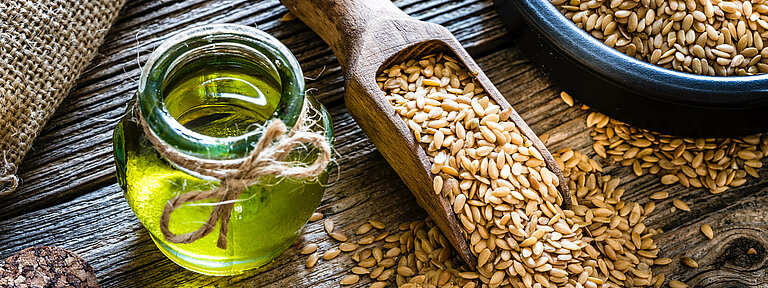As you progress from phase 1 to phase 2, you can continue drinking the vegetable broth as an ongoing benefit or eat the actual vegetables in phase 2. Making the vegetable broth yourself is easy and the most nutritious option.
If homemade veggie broth is not an option for you, you can buy 100% vegetable juice in the store, ideally low in sodium. We prefer homemade vegetable broth, which will give you more control of the amount of sodium, taste, and can be stored in your fridge for 3-4 days or in your freezer for seven days.
To make vegetable broth,, choose fresh or frozen vegetables of your choice such as cauliflower, spinach, carrots, onions, and cabbage. Cut up the vegetables, place them in a hot pot of boiling water. Wait for the vegetables to become tender then strain them out of the broth. You can keep them for a later meal or dispose of them in your compost. Finally spice up the broth with different herbs and spices, such as pepper, cumin, paprika, oregano, parsley, etc.


